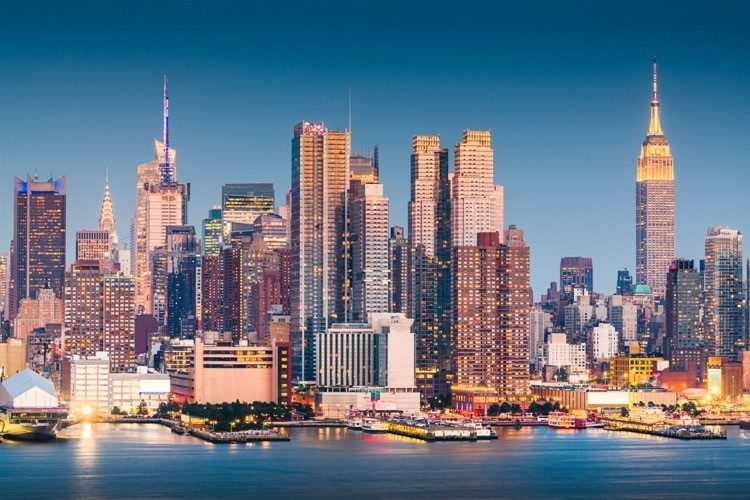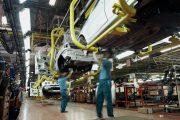
Connecting online from his posh Long Island estate earlier this week, former Goldman Sachs CEO Lloyd Blankfein offered a message of hope at a gathering of wealthy Jews. He told the audience attending the annual benefit for the UJA-Federation of New York, a Jewish philanthropy, “Next year we’ll all be back at the Hilton, vaccinated, feeling like supermen and superwomen, squeezed in, talking six inches apart and probably wishing we were back on Zoom!”
In a nearly total disconnect from reality, Blankfein thinks that once everyone is vaccinated, all will be well and folks can get on with their lives as if nothing untoward happened in 2020.
Evidence to the contrary exists everywhere. Landlords have invested millions of dollars in revamping their offices to meet the new health protocols in order to make those returning feel more comfortable. But they aren’t returning.
At the bottom of the COVID crisis, in April, just 15 percent of employees were working out of their offices in New York City. Today? Twenty-seven percent are back to work in their cubicles. And that number isn’t likely to move much higher from there, thanks to continued COVID restrictions, and thanks also to the fact that those enjoying working from home — WFH — are feeling more efficient and safer.
Why would they return? The preparing for work, the commute, the parking hassle, the costly lunch breaks, the return home after dark, all mitigate against such a move. As Gary North asked rhetorically, “What does commuting to a distant office do to increase people’s productivity.” Answer? Not much, despite company owners offering the alleged in-office advantages of collaboration and community.
Big cities’ populations are falling as workers discover they can be just as effective working from home, if not more so, and asking, “why not find a place in the suburbs?” The living is cheaper, safer, and the work is more enjoyable. Few miss the water-cooler breaks and instead are spending more time with their families while getting more done at work.
And the impact of all this is already showing up. Apartment rents in downtown San Francisco, for example, have fallen by 20 percent since March. And metro transportation systems have lost billions of dollars in revenues as workers stay home.
Major real-estate investment companies are under increasing pressure to keep their properties full. As leases expire, or are terminated through bankruptcy, there’s little they can do to reverse the trend. Tenant “searches” have virtually collapsed in light of the lack of demand for space. According to Kastle Systems, a security systems management company, its “back to work barometer” for 10 large cities has dropped precipitously, from 25.7 percent on November 18 to just 17.6 percent one week later.
Bad commercial real-estate loans have jumped by more than 30 percent since February. Cities’ revenue streams from real estate and sales taxes are taking a dreadful hit, and plans to expand are being put on hold. For example, the operator of Terminal 4 at John F. Kennedy International Airport has estimated that passenger travel numbers might not return to pre-pandemic levels until at least 2024. This has forced the operator to scale back or delay a planned $3.8 billion refurbishment and expansion.
Terminal 4 accounted for about a third of JFK’s 62 million passengers last year and is the hub for Delta Air Lines. Delta just reported a net loss of more than $12 billion for the second and third quarters of 2020 and noted that 17,000 of its 91,000 workers have taken either a voluntary buyout or an early retirement package as a result of the decline.
Blankfein, chatting online with his friends attending the fundraiser, has no clue as to what the average worker in New York is facing. Even the best-case scenario — half of them come back to their tiny cubicles as the COVID threat subsides — isn’t going to be enough to rescue the Big Apple.



